The 54-Cent Gift to Give All Season
This post may contain affiliate links. Please read my disclosure policy.
Today’s Agenda: Math!
Very basic math, I promise — it’s the only kind I know how to do. Some of you know, I’ve been baking bread for a local shop, The Vischer Ferry General Store*. Because of this, I pay more attention to the price of flour, and when I see a deal, I stock up.
The best deal in town, for instance, can be found at the Niskayuna Co-op, when they run a special and sell a 5-lb. bag of King Arthur Flour for $1.99. Otherwise I typically pay $14.49 for a 25-lb bag of King Arthur Flour, which I find at Hannaford.
Problem: Calculate the Cost of 1 Loaf of Peasant Bread:
At $14.49 for 25 lbs (11.34 kg = 11340 g), the cost of each gram of flour is: $0.001278.
There are 512 g of flour in the master peasant bread recipe, so the cost of the flour comes to: $0.001278 x 512 = $0.66 And because each recipe yields 2 loaves, the cost of flour for each loaf is = $0.33
At $1.99 for 5 lbs (2.26796 kg = 2268 g), the cost of every gram of flour is: $0.00088.
At this price, the cost of flour for the recipe is $0.00088 x 512 = $0.45, which brings the cost per loaf to $0.23.
The remaining costs include:
2 teaspoons (7 g) kosher salt:
3-lb (1.36 kg) box Diamond Crystal costs $2.29, so 2 tsps cost: $0.01
2 teaspoons (10 g) sugar:
4-lb (1.81 kg) bag Domino Sugar costs $2.39 | 2 tsps cost: $0.01
2 teaspoons (7 g) instant yeast:
1-lb (0.45 kg) SAF instant yeast costs: $5.65 | 2 tsps cost: $0.09
2 tablespoons butter for greasing:
1-lb (32 tablespoons) Cabot unsalted butter costs $4.79, which means each tablespoon (the max amount I use per bowl) costs about $0.15 or $0.30 for the entire recipe.
In sum, the non-flour ingredients total $0.41 for 2 loaves or $0.21 per loaf
Answer: The total cost per loaf is either $0.54 (Hannaford’s KAF) or $0.44 (Niskayuna Co-op on-sale KAF)
Friends, did I do that right?
Of course, there are other costs, namely time and the energy required to bake the bread and to wash the dishes, etc. But if we’re just talking cost of materials, homemade bread is an extremely affordable gift to make. And if you’ve made the peasant bread, you know it couldn’t be easier, and that when you share one (or both) of the loaves with someone, the recipient thinks the gift is a total miracle and that you are an angel. Truly, bread bakers and non-bread bakers alike are so grateful for homemade bread.
Friends, if you’re new here, a few things: my cookbook, Bread Toast Crumbs, was published last April. In June, illustrator Steph Becker designed toast bookplates and toaster notecards (video below.) If you’re still in need of a gift this holiday season, it’s not too late to order a copy of Bread Toast Crumbs and include with it a toaster notecard with an inscribed toast bookplate. Simply fill out the google contact form below.
*My kitchen is under renovation at the moment, so I’ve been unable to bake for the VFGS the past few weeks, but I’ve been able to make small batches of the bread in my little Waring oven.
Should you feel inspired to bake 12 loaves of bread at once, the recipe is included below, and here are some step-by-step photos: yeast
Salt
Flour, salt, yeast:
Water:
Happy Holidays, Friends!!!!

Peasant Bread
- Yield: 2 loaves
Description
From my cookbook, Bread Toast Crumbs
You can find many more detailed notes on the original peasant bread post. If you are curious about making 12 loaves at a time or employing a long, slow rise, see the notes below.
Ingredients
- 4 cups (512 g) unbleached all-purpose flour
- 2 teaspoons kosher salt
- 2 teaspoons sugar
- 2¼ teaspoons instant yeast
- 2 cups lukewarm water (made by mixing 1.5 cups cold water and .5 cups boiling water)
- Softened unsalted butter, for greasing
Instructions
- In a large bowl, whisk together the flour, salt, sugar, and instant yeast. Add the water. Using a rubber spatula, mix until the water is absorbed and the ingredients form a sticky dough ball.
- Cover the bowl with a damp tea towel or plastic wrap and set aside in a warm spot to rise for 1 to 1½ hours, until the dough has doubled in bulk. (To create a warm spot for your bread to rise: turn your oven on for one minute, then turn it off.)
- Set a rack in the middle of the oven and preheat it to 425°F. Grease two 1-quart oven-safe bowls with the softened butter—be generous. Using two forks, deflate the dough by releasing it from the sides of the bowl and pulling it toward the center. Rotate the bowl quarter turns as you deflate, turning the mass into a rough ball.
- Using your two forks and working from the center out, separate the dough into two equal pieces. Use the forks to lift each half of the dough into a prepared bowl. If the dough is too wet to transfer with forks, lightly grease your hands with butter or oil, then transfer each half to a bowl. Do not cover the bowls. Let the dough rise on the countertop near the oven (or another warm, draft-free spot) for 10 to 20 minutes, until the top of the dough just crowns the rims of the bowls.
- Transfer the bowls to the oven and bake for 15 minutes. Reduce the heat to 375°F and bake for 17 to 20 minutes more, until evenly golden all around. Remove the bowls from the oven and turn the loaves out onto cooling racks. If the loaves look pale, return them to their bowls and bake for 5 minutes longer. Let the loaves cool for 15 minutes before cutting.
Notes
If you’re curious about making 12 loaves at one time, here’s what I do: Mix together:
- 3075 g flour
- 50 g kosher salt
- 3/4 teaspoon yeast
- 2915 g water
Let rise for 12 to 18 hours, portion into buttered bowls, let rise another 2 hours or until the dough creeps above the rim of the bowl, bake as directed.
You can do the long, slow rise with the smaller quantity of dough, too. Simply follow the recipe, omitting the sugar, and cutting the yeast back to 1/2 teaspoon. Keep in mind, the second rise will take at least two hours, so plan accordingly.
This post may contain affiliate links. Please read my disclosure policy.

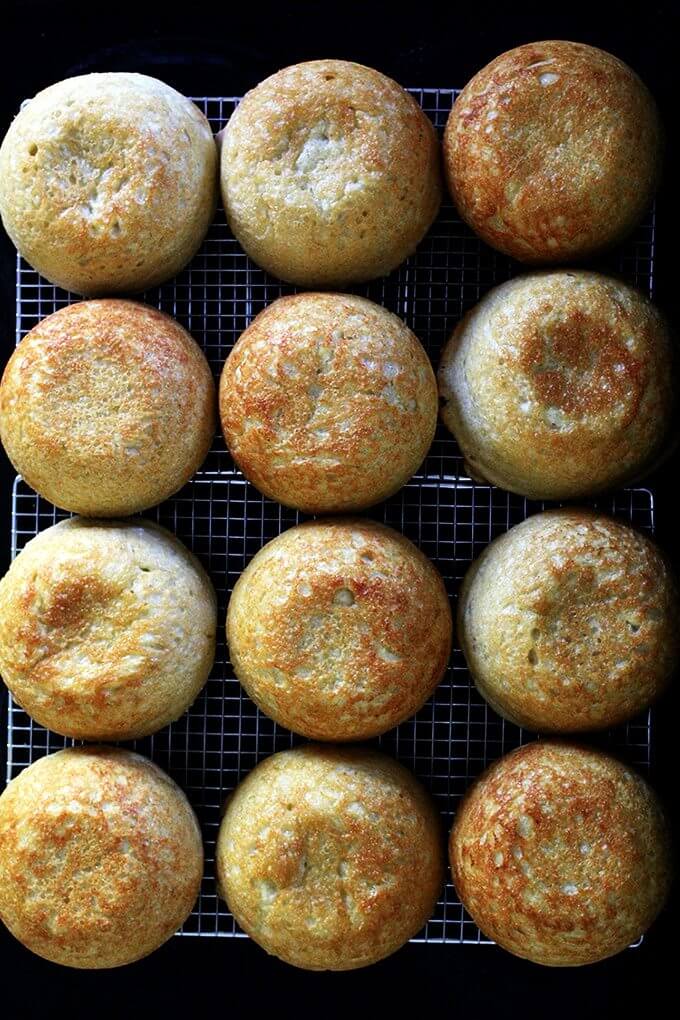

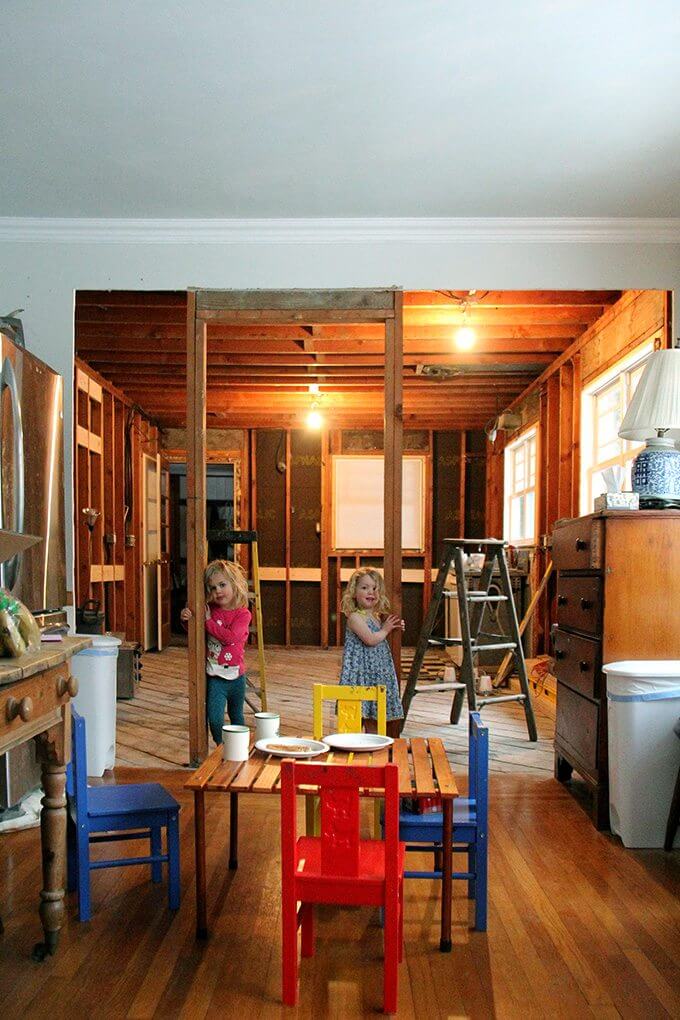


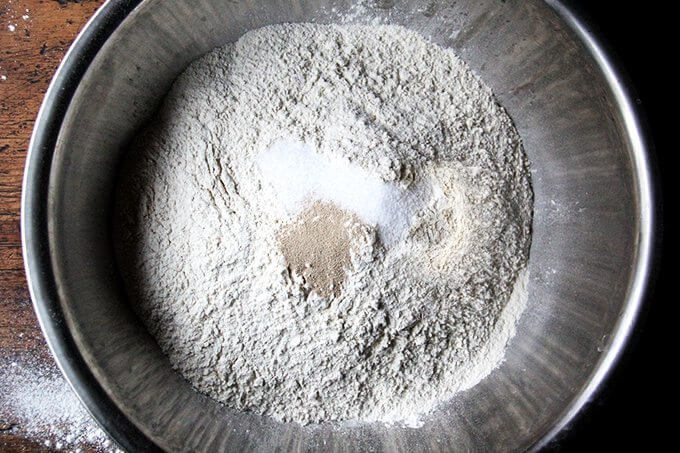

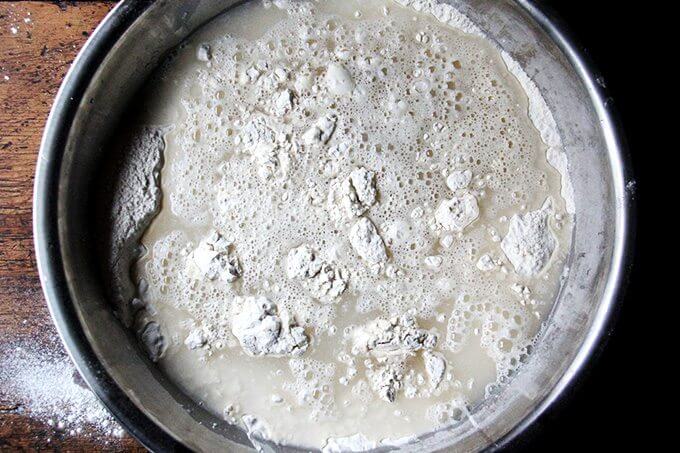
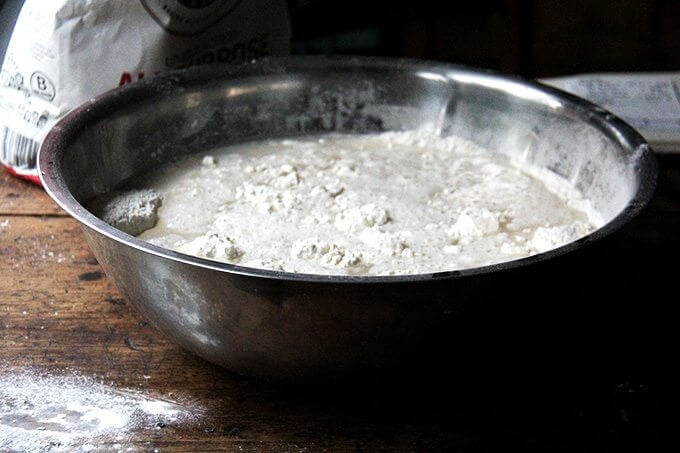

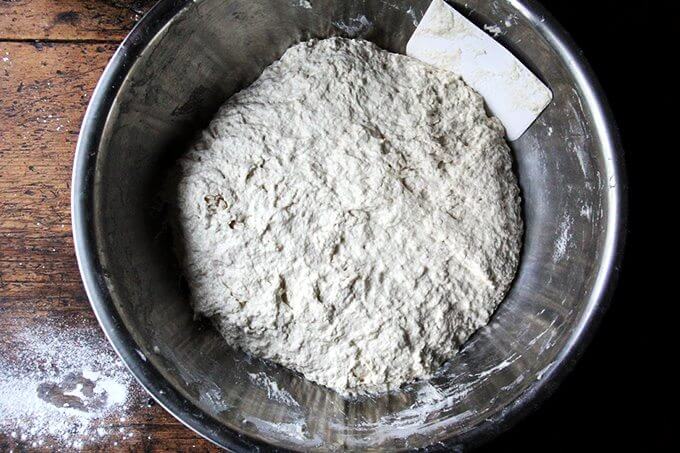
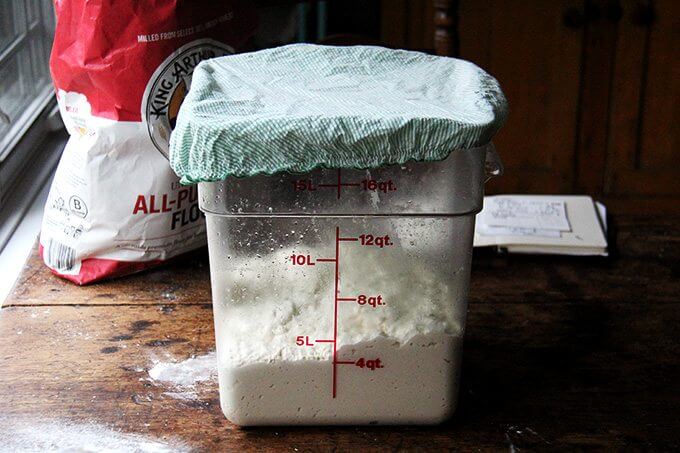
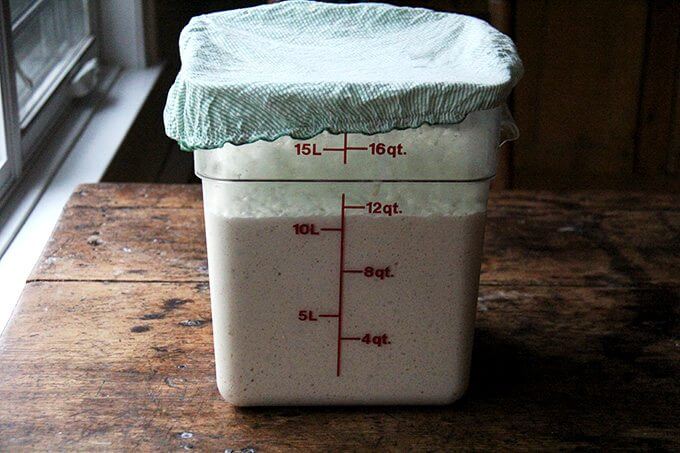


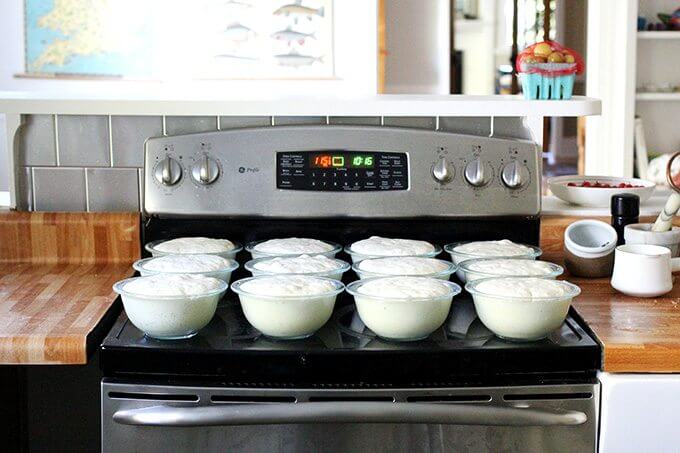
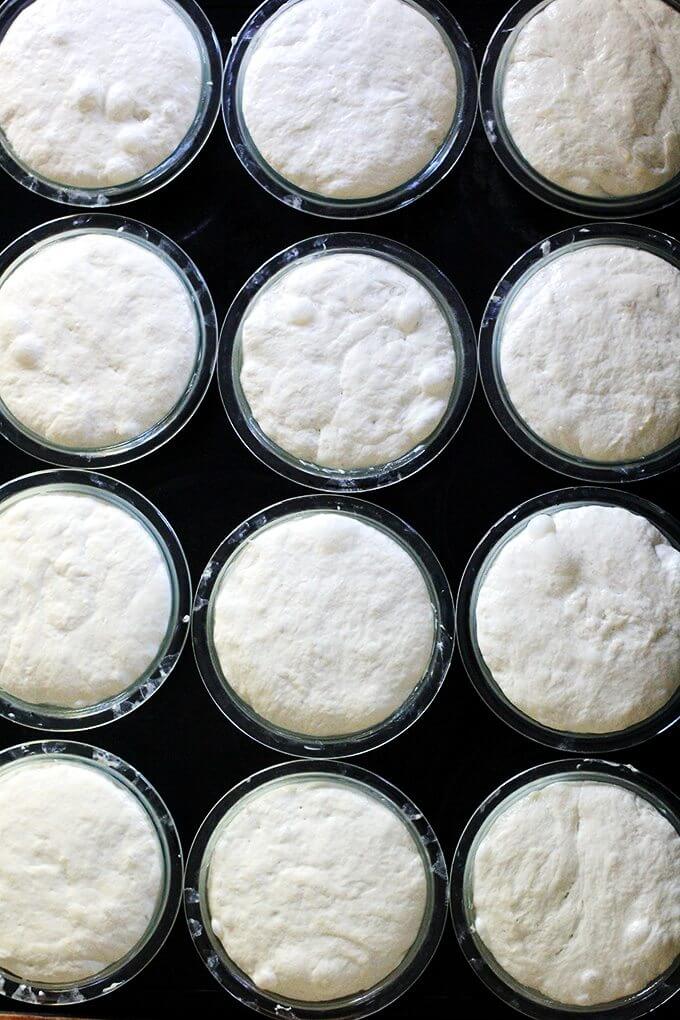

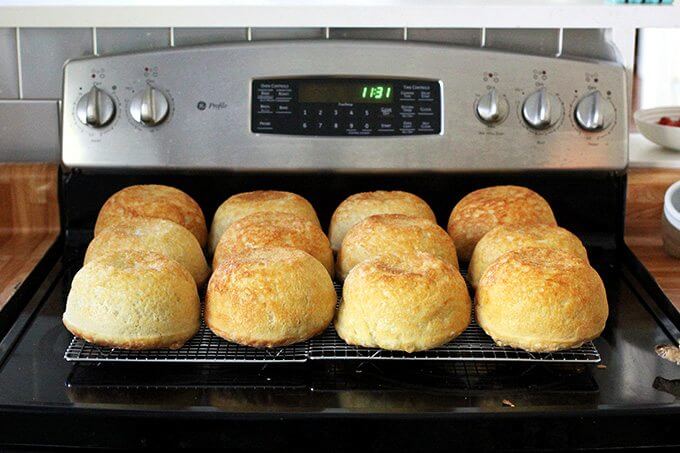
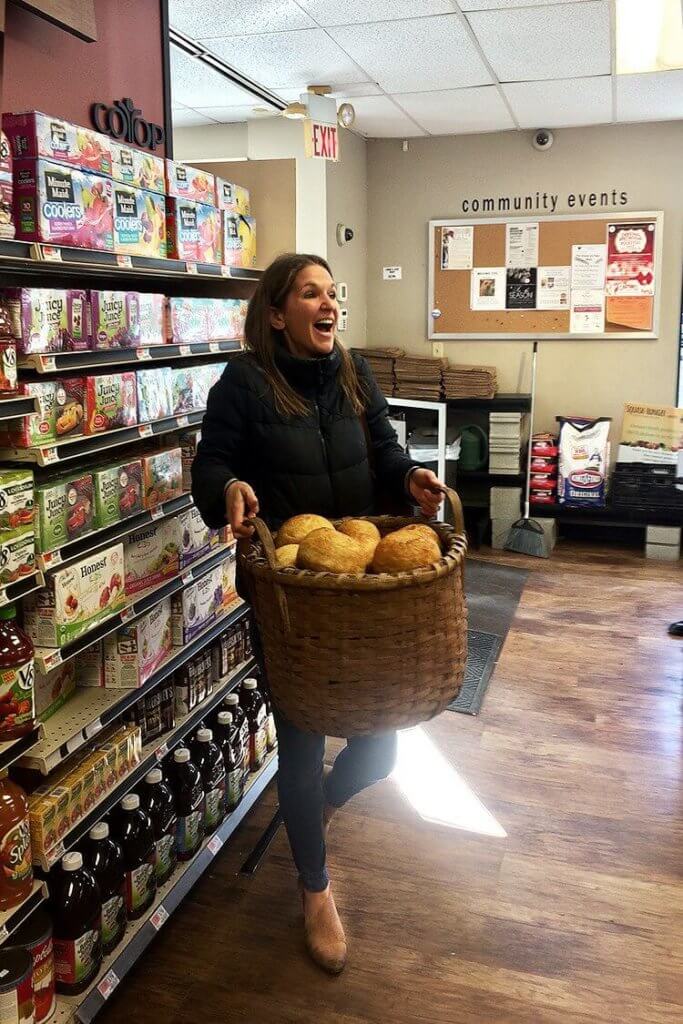





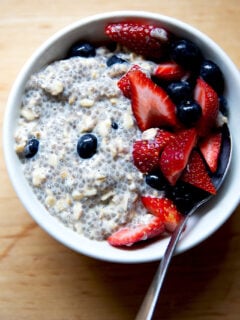
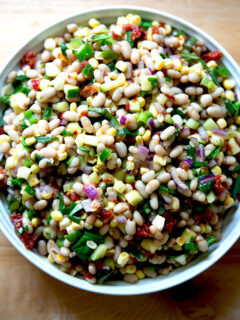




26 Comments on “The 54-Cent Gift to Give All Season”
LOVE YOUR BOOK
Thank you, Lavonne!!So happy to hear this 🙂
Ali, yours is the one cookbook that I bought for myself that I have repeatedly used this year. I’m glad you broke down costs…it reaffirms why I continue to bake your wonderful bread almost every week for myself and friends. Keep sharing your wonderful recipes and insights. Thank you and have a wonderful holiday season and a great New Year.
Thank you so much, Karen, this means the world! Wishing you a happy holiday season as well. Thanks for writing.
Yours is the only bread I make anymore! Question: did you really bake 12 loaves of bread (picture above) all at the same time? If so, do they all bake alike……evenly done? And it’s a standard home range??
Oh Anne, this makes me so happy! And yes, I did bake 12 loaves at one time … it’s a total pain! I usually do 20 minutes at 425, then rotate the loaves top to bottom, front to back, then, still with the oven at 425 (because the temperature drops so much with so many loaves of bread and during the rotation), I bake for another 15 minutes, at which point the 6 loaves on top are usually done. Then I continue to bake the six on the bottom for another 5 to 10 minutes. Not ideal, but it works!
Happy Holidays, Anne!!
I’ve been making bread for years. Including lots of no-knead types. But none were as easy as Ali’s recipe! Or should I say, her mom’s? Great bread from a great lady. Thank you!
I’m so happy to hear this, Jon! Can’t wait to bake bread with home-milled flour!! Merry Christmas to you and your family.
I just found your recipe for this awesome bread, thank you for sharing it,It was easy to make and absolutly delicious!!!
So happy to hear this, Deyanira!
Such cute little bowls of bread! May I ask what size the 12 bowls are and brand? Great idea! Thanks 🙂
Sure thing! They are 1-qt Pyrex Bowls.
I love this recipe. The bread is delicious! Any chance we can get a version that uses starter and not yeast?
Funny you should ask … I have something in the works. More VERY soon. Thanks for your interest 🙂 🙂 🙂
I want to try making this recipe, but does it have to made in a round dish? I only have square baking dishes and I don’t want it to change the way it bakes.
Hi D! You can use a square baking dish… the shape of the finished loaf will be different, of course, but the taste will still be great.
This bread is the best!! My family devoured the first batch I made. I ended up giving them as Christmas gifts for my kids teachers.
I was wondering if it was possible to make the loaves any smaller. More like a roll?
Yes, definitely! It’s this recipe that is the base of these no-knead dinner rolls.
This recipe was so simple and easy to follow! I did the bulk, slow rise version and my loafs turned out exactly like the pictures! I’m making 12 Holiday gift baskets for friends and family this year and these loafs are the perfect addition. I actually will need to make another smaller batch though, because I couldn’t resist trying one after they all came out (it was delicious)! 😀
PS I’m also considering using the next batch I bake as bread bowls for a really thick potato soup recipe I’ve got.
So nice to read all of this, Hayley! What lucky friends and family you have 🙂 And this bread makes an excellent bread bowl!! See it in action here: Spinach-Artichoke Dip
Great-looking and -sounding recipe, but it doesn’t take into account the fact that most people don’t have a dozen 1-liter Pyrex bowls lying around and I can’t find them for less than $8/ea, which brings the initial investment to about a hundred bucks!
Any other suggestions for baking?
Hi Annie,
You can find the Pyrex bowls for $5.25/bowl here: https://www.pyrexhome.com/product/1-quart-mixing-bowl
And I wasn’t expecting anyone to buy a dozen bowls… you can bake off two loaves, let the bowls cool, and repeat.
Question is it possible to bake these freeform? Or is it best to use a loaf pan or pyrex oven safe bowl?
If it is possible does the cooking time alter at all? Wanting to make these for my family this holiday as gifts. Thank you n.n
Hi! It’s such a wet, sticky dough that it really needs some sort of baking vessel to keep it contained. I do, however, have a Dutch oven method, which you can find in the notes below the recipe box in this post: My Mother’s Peasant Bread
I’m planning to make the 12 loads as gifts, but was surprised that there’s only 3/4 teaspoon yeast required for all of that dough. Just wanted to make sure it wasn’t a typo! Thanks!
Hi! This is because I do a long slow rise — 12 to 18 hours — when I mix a large batch of dough 🙂